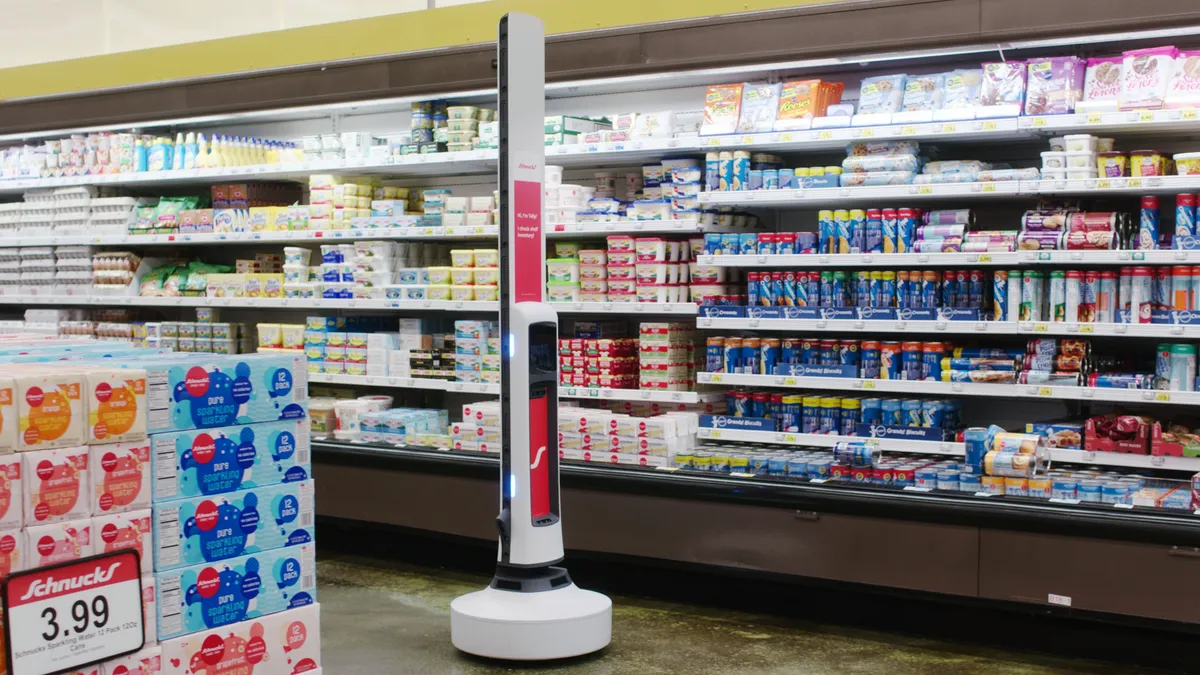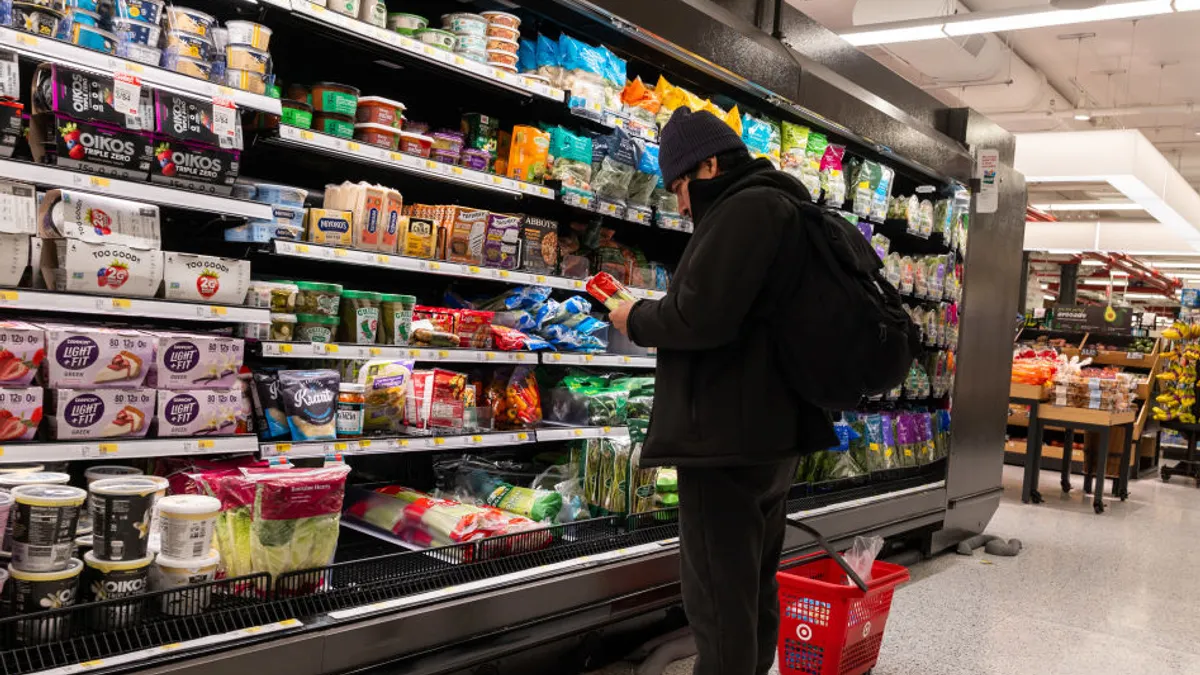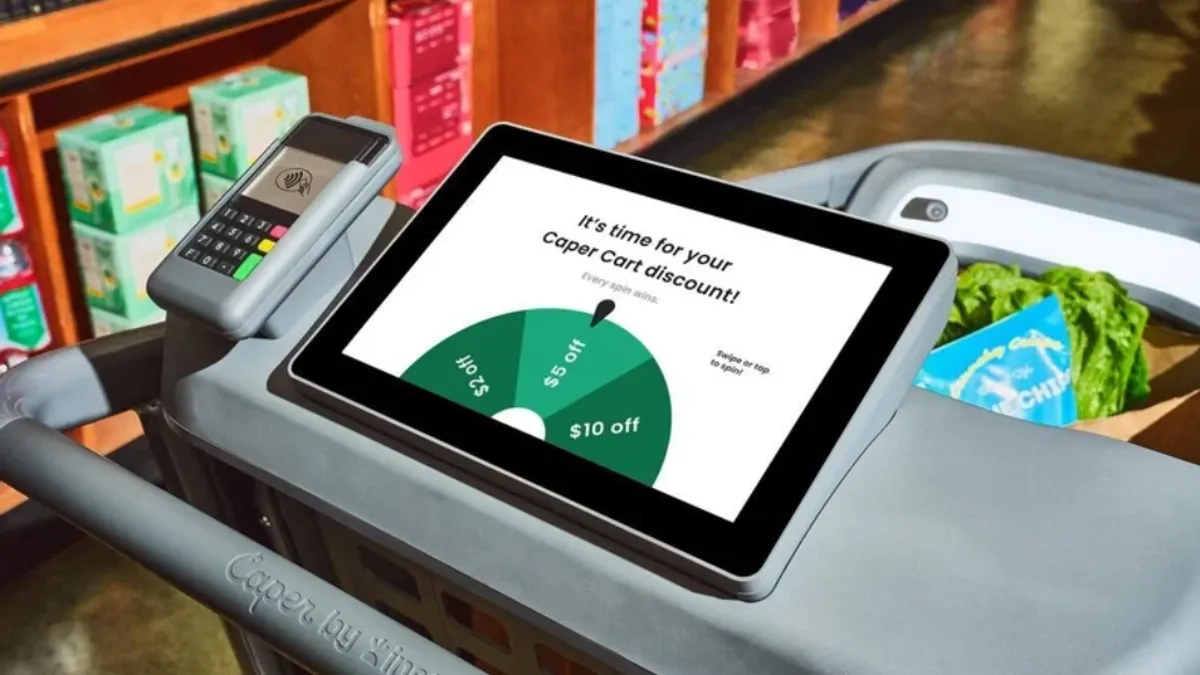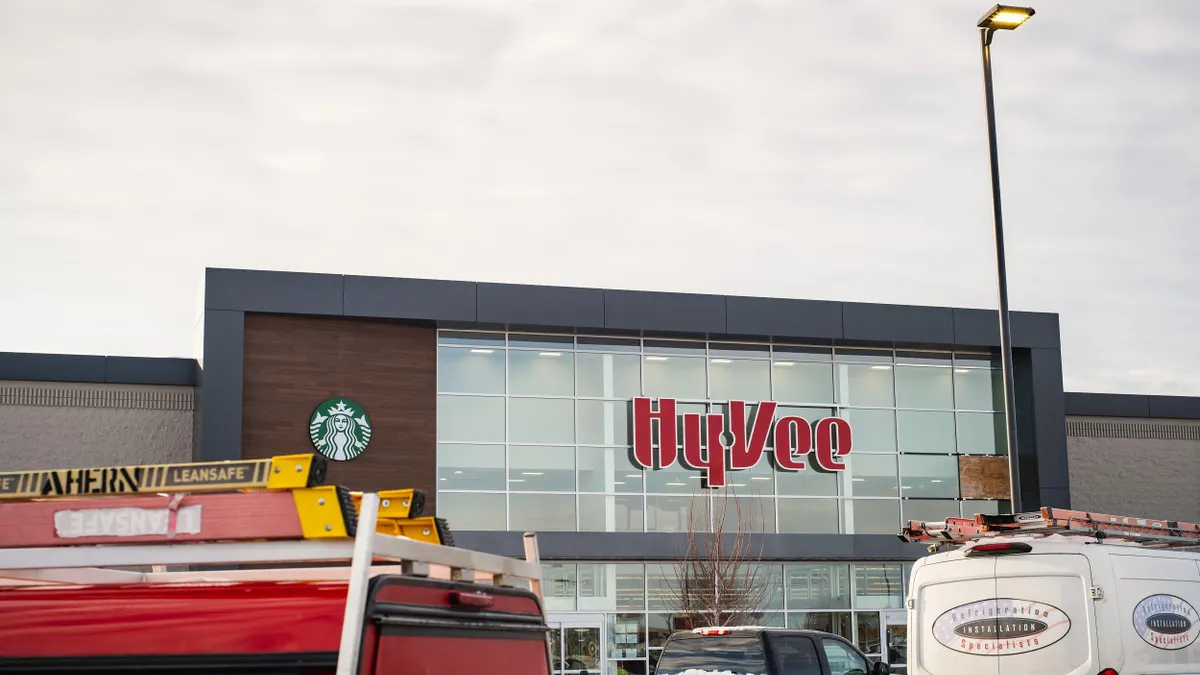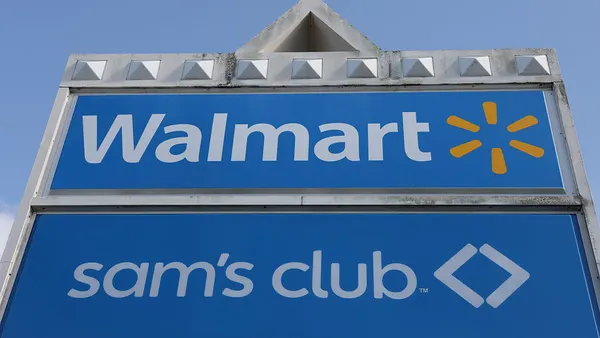At first glance, Walmart’s recent decision to abruptly stop using robots to track inventory on its store shelves is a reminder that while automation can play an essential role in retail environments, replacing time-tested human labor with technology-based solutions is a complex undertaking even for the biggest organizations.
But while Walmart may have concluded that workers are better able to keep tabs on where items are in its stores than robotic equipment, technology that enables retailers to effectively manage their inventory is well-developed and appearing at a growing number of stores around the world, industry officials said.
Walmart decided several weeks ago to stop using robotic inventory-scanning equipment from Bossa Nova Robotics in its stores, ending a partnership with the technology vendor that was set to bring the devices to a significant chunk of Walmart’s store fleet, according to a report in The Wall Street Journal. The retailer’s decision reversed earlier plans by the retailer to bring the robots to as many as 1,000 stores, up from a few hundred.
Bossa Nova officials declined to comment on their next steps in the robotics sector. In an email, CEO Sarjoun Skaff said the company is “crafting a go-forward plan” but wasn’t prepared to discuss it.
A central issue for retailers looking for ways to automate their inventory-tracking operations is whether robots alone are the best way to accomplish that task, said Mark Cook, executive vice president of Trax, a supplier of computer vision systems for use in retail environments. Walmart, for its part, found that using human workers to track inventory is a better fit, the Journal reported, and that it's looking to combine these workers' efforts with other automated systems.
“Humans are always the first step in automation,” Cook said. “You're trying to make sure that you're doing data collection better than the human can do, and you're adding data that the human can’t collect.”
While humans and robots are generally able to record what is in a certain part of a store during a given time period, inventory conditions are often changing much more frequently than that, according to Cook. That means retailers may be better served with systems that combine information gathered by humans or robots with stationary cameras that keep an eye on specific parts of a store, since incomplete or out-of-date data can cause more harm than good, he said.
“The frequency of capture does matter, which is one of the limitations of robots,” said Cook. “We see much more volatility in the shelf than there was before, so that means you need to be capturing data not just once a day like humans or robots, but every hour or even more frequently.”
Brad Bogolea, co-founder and CEO of Simbe Robotics, which specializes in inventory-scanning robots, took a different view. He said Walmart may not have deployed the robots it was using across enough of its stores to accurately determine how to merge the information the devices gathered with its other inventory-tracking techniques.
“Walmart has been an early mover historically with lots of terrific technologies ... but I think one of the problems [the retailer] had was they focused so much on the robot that they didn’t really think about whether this technology could be operationalized,” said Bogolea, whose robots are in use by a range of retailers in multiple countries, including grocery chains Schnuck Markets and Giant Eagle.
“Humans are always the first step in automation. You're trying to make sure that you're doing data collection better than the human can do, and you're adding data that the human can’t collect.”

Mark Cook
Executive vice president, Trax
“I don’t at all believe in the notion that across the fast-moving consumer goods industry, you can purely depend on human labor to get the data parity that we’re providing to the market today,” Bogolea said. “Nearly every grocer in North America recognizes that even having people in these stores regularly picking products does not close this data gap effectively, and you need better tools to do that.”
Bogolea said his company has been in touch with Walmart at various times, but said he couldn’t provide details about those discussions. “It can often be a challenging proposition to try to sell to the largest entities … so the approach we use is to really find people that would consider us as a partner, not a vendor, and we could really build a long-term relationship with.”
Simbe said in September that Schnucks had opted to expand its use of Simbe’s technology to dozens of additional stores after concluding that the devices were accurate and fast enough to take over from human workers in monitoring store shelves.
The robots are so good at their work that the retailer had to stop providing real-time alerts to store associates because they weren’t able to keep up with the pace of restocking requests generated by the devices, Dave Steck, vice president of IT infrastructure and development for Schnucks, said at the time of the announcement.
Bogolea added that Simbe's experience shows that robots can effectively track inventory even in extra-large stores. The company has deployed its equipment to a nearly 300,000-square-foot store operated by French chain Carrefour in the United Arab Emirates, he said.



